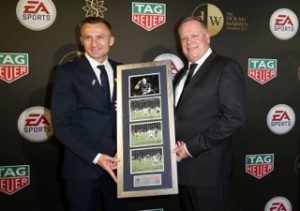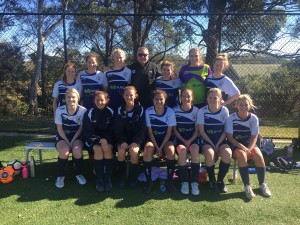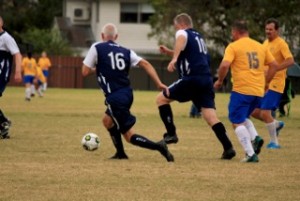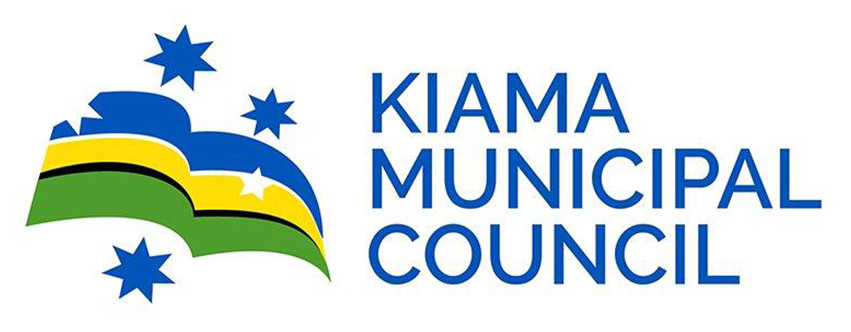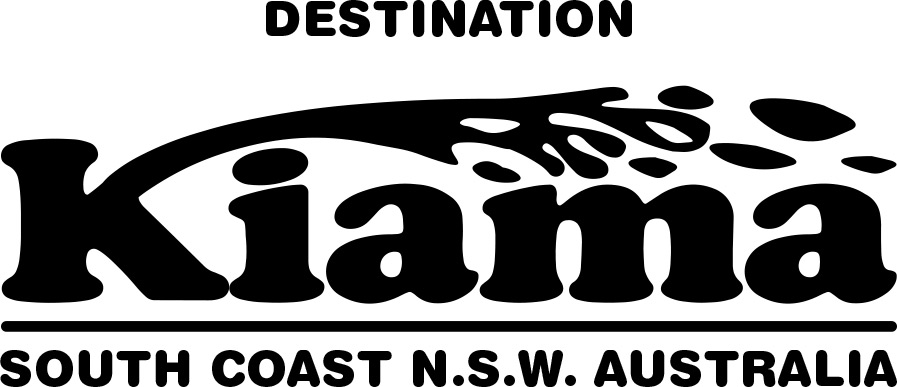In July, 2016, Greg O’Rourke, the former Sutherland Shire Football Association President and Football NSW Chairman, began the ride of his life when he was appointed Head of the A-League.
For the previous twelve years, O’Rourke served as the Operations Director of Pepsico (Australia and N.Z.) , overseeing the warehousing and factory operations with a reporting responsibility for the performance of 2,000 staff.
However, nothing had prepared him for the challenge of running the A-League in a sport which remains the sleeping giant of the Australian sporting landscape.
Significantly, last season produced a marked decrease in spectator and rating numbers and with much of the attention focused on FIFA’S review of the local game, Greg O’Rourke will need to draw on all his corporate experience to reverse the downward trend and reinstate interest in the A- League.
He is well aware, there needs to be a clear vision to employ the appropriate strategies in combating the remarkable success of the Big Bash and the increased coverage of other forms of cricket due to the large investment made by Fox Sports and the 7 Network in Australia’s traditional summer national sport.
In this interview with Roger Sleeman, Greg O’Rourke talks all things A-League and attempts to provide the answers to the concerns which are most pressing in the eyes of all supporters of the game.
ROGER SLEEMAN
In relation to the declining crowds and television ratings in the A-League, what do you see as the main reasons, and what are you doing to arrest the tide?
GREG O’ROURKE
The Big Bash has certainly contributed to heightened competition in our football calendar because it’s very attractive to young families.
Also, there has been a general spike in sporting attendances which can partly be explained by economic factors and blanket television coverage.
This season, the A-League will start two weeks later on October 19th so we can put more emphasis on the launch of the competition while not competing with the grand final events of the other codes.
It will mean less coverage with Fox Sports in this period but we do believe having the football space to ourselves is important.
There is also the marquee program in bringing players like Honda to the A-League which we anticipate will create more interest.
R.S.
Ironically, Foxtel as the main sponsor of the A-League has partnered with the 7 Network to provide major coverage of Australian cricket.
The Big Bash has already taken market share from the A-League in early December to the end of March, so what strategies have you designed to encounter this onslaught?
G.O.
Cricket will be definitely more visible but I see it more as an opportunity, rather than a threat.
In past years when the other winter codes finished their season, many people would end their Fox subscription but with the blanket cricket coverage, a large percentage will continue through the summer.
Consequently, we expect if our product is right, people will channel surf which should increase our exposure and viewing audience.
Certainly, the new technology introduced by Fox will be a big benefit to the television presentation of our game.
R.S.
What is your market research telling you about the level of acceptance of the A-League?
G.O.
The largest following comes from the u/16 age group because they were born with the A-League while their parents have to be convinced the product compares with the old N.S.L.
Also, the neutral sporting supporters have been exposed to the other codes for a long time and it can be a longer process to bring them round.
Nevertheless, we will continue to connect more with the young people through digital media.
R.S.
You have publically praised the signing of Keisuke Honda by Melbourne Victory and the FFA has contributed $1.3 million towards the $ 2.9 million cost.
Many supporters believe Honda is well past his best and is just cashing in on a depleted A-League after the loss of Bobo and Mierzejewski.
Wouldn’t this investment be better spent on bringing young players into the A-League to provide some home grown idols for local supporters?
G.O.
Honda was in Russia with the Japanese squad and after conversations with Japanese officials, we were convinced he would bring a lot to the table as one of their greatest ever.
We also discussed with the clubs the +1 Asian strategy where it would be ideal for each of them to sign an Asian marquee player for the Asian Champions League if they qualified and to play in the A- League, so the local Asian market could be tapped.
This could bring more money into the game, particularly with Japanese broadcasting rights.
In relation to the introduction of more local players, with the expansion of two teams, forty new places will be available in the new clubs.
We also have the new campaign, “Where Heros Are Made”, which expresses our desire to see more young local products make it to the top.
R.S.
Is the A-League standard high enough to increase the interest of the football community?
G.O.
Standing on its own, I think its good enough.
Nevertheless, we’re striving to make the product better all the time.
When Graham Arnold said,” the Kids are Coming”, he was referring to the u 14’s and 15’s who are coming through the A-League and NPL Academies which will only strengthen the A-League.
We also need to attract the best marquee players and with the signing by Melbourne Victory of Honda and Toivenen, the Swedish World Cup striker, the A-League can only improve.
R.S.
The National Youth League is a far cry from its predecessor in the NSL which produced so many Socceroos, yet the FFA was going to scrap the competition rather than expanding it.
Your comment?
G.O.
Yes, there was truth in this and because the A-League Academies are participating in NPL competition, we felt there was no requirement for a NYL.
After doing our budgeting for this coming season, we still approached the A-League clubs and the overwhelming majority voted for a continuation of the current setup.
R.S.
W-League matches are broadcast on Fox Sports in front of empty stadiums which is a poor look for the game.
Why are you persisting with this program?
G.O.
W-League matches will continue to be broadcast as this is our preference and current investment commitment.
It’s a matter of building the women’s game through increased promotion to the ever growing participant market.
Certainly, there is an untapped potential if you look at the crowds attending the AFLW and Women’s Rugby League competition.
We have a strategic plan to put more women into media and administration and build heroes like the Matildas and who knows how many more Sam Kerrs’ are out there?
R.S.
Depending on FIFA’s findings and actions relating to the Congress, do you see the FFA relinquishing the running of the A-League to the clubs, particularly in view of the $310 million losses sustained?
G.O.
The discussion in the Congress Working Group has considered separation of the A-League from FFA control.
It obviously works in the EPL, a different model is applied in the J and K Leagues, while in MLS, the national competition is still joined to the hip of the governing body.
I think we’re a long way in Australia from the clubs setting up an independent A-League because FFA has made a large investment in grass roots.
Therefore, you can’t sell the farm and compensate the fifteen years of investment made by the FFA.
Also, A-League owners may have invested in their clubs for either business, community or football reasons so without a consistent approach, how can they go alone?
R.S.
Regarding the expansion, some of the clubs bidding don’t exist or haven’t suitable grounds.
Marconi is an A-League club waiting to happen.
Have you approached the club, and if not, why?
G.O.
The expansion process was open to clubs with either a geographical or club focus which included existing and new clubs.
The Wanderers are a perfect example of a club starting from nothing and not shackled by historical interests.
We certainly need a bridge to the community club and it doesn’t matter if it’s an old or new club.
However, Marconi had their chance to be part of the process but they didn’t present a bid.
We require clubs which are connected to the grass roots and are able to increase the infrastructure of football within their domain by growing the game in their community.
R.S.
Where do you see the A-League in five years’ time?
G.O.
The League will have twelve teams, maybe fourteen.
The current Academy setup will funnel young players into the League and bring communities back to support the local product which will also be duplicated in the W-League.
Also, the bridge between NPL and A-League will be a permanent arrangement where the players will move back and forth.
Greg O’Rourke (No 10) playing over 45’s for the Barden Ridge club

